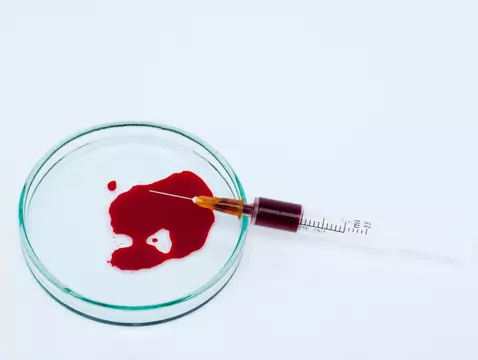Mild nappy rash can occur in babies who are not yet in control of their physiological activities. The most common cause is simple irritation from urine or faeces. Sometimes, the course of various infections (viral, bacterial, fungal) and parasitic infections can mimic nappy rash. How can you tell the difference and which symptoms to look out for?
Ad:









